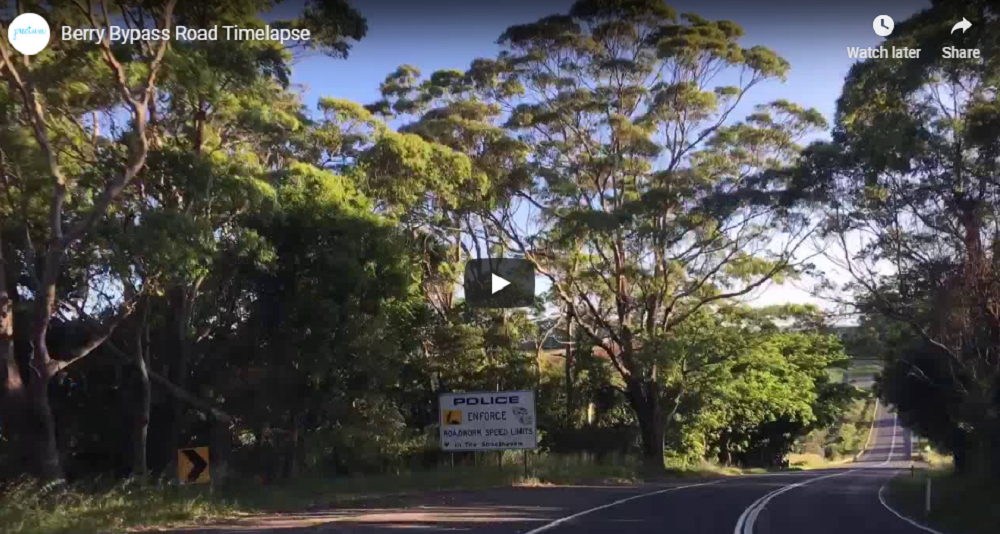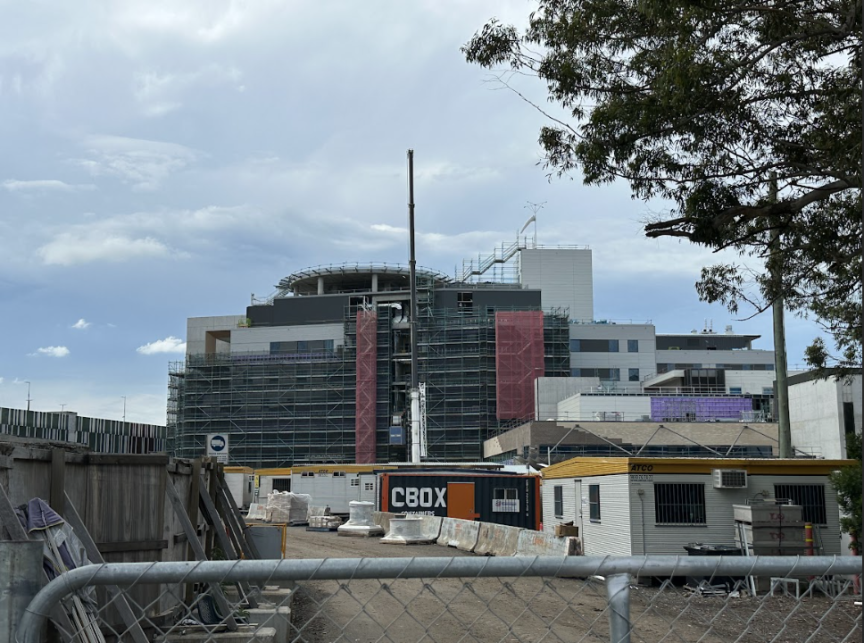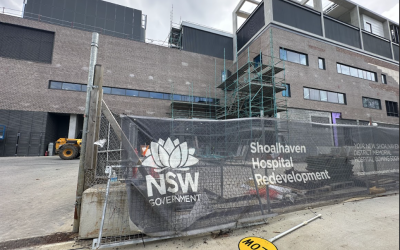The Housing Demand Pressure Cooker
The core of the issue is simple: demand is about to skyrocket, and supply cannot keep up.
The local government knows this is a problem. They are actively trying to solve it, which itself is a massive signal to investors. You have state-led initiatives like the proposal to deliver up to 380 new homes—including social, affordable, and, crucially, key worker housing—in the nearby Mandalay Precinct.
But let’s be realistic. These housing projects move very slowly (rezoning has to happen first. This usually takes years BEFORE any actual development can occur), and also draw their own demand – meaning they will fill over time with or without the hospital workers as local buyers and new arrivals from Sydney and Canberra come looking for affordable relocation and retirement options. When you add 665 new workers to a region already projected to grow by 16% by 2036, that supply injection acts more like a temporary patch than a permanent fix. Just announcing a future potential rezone sounds great for the politicians, but does nothing to address the supply demand imbalance that is coming.
Workers and their families are going to need actual homes in the region, and fast.
This is the psychology of the local growth cycle, but in slow motion.
As the hospital completion nears, you’ll see the arrival of staff who have accepted positions but haven’t secured a rental or a home yet. You might not even see it in the media; but those workers will be a factor in the market, leading to competition, tighter vacancy rates, and upward pressure on prices.
For investors, this means two things are coming:
- Robust Capital Growth: Driven by employed singles and couples competing for a limited pool of housing.
- Strong Rental Yields: Supported by the volume of new professional workers relocating and needing immediate accommodation.





